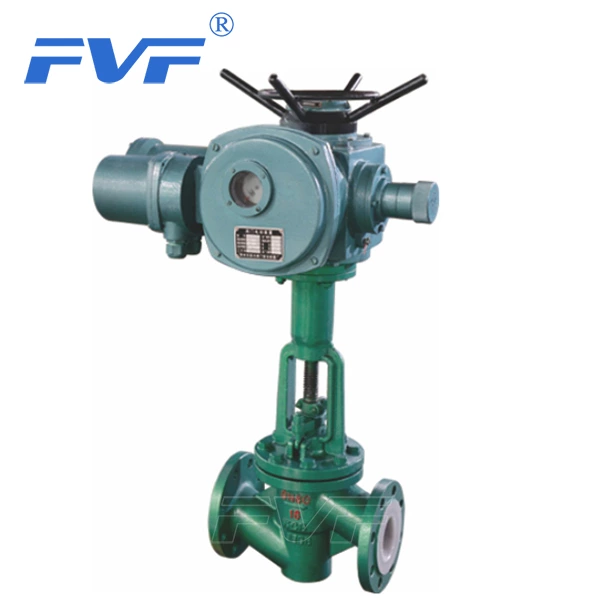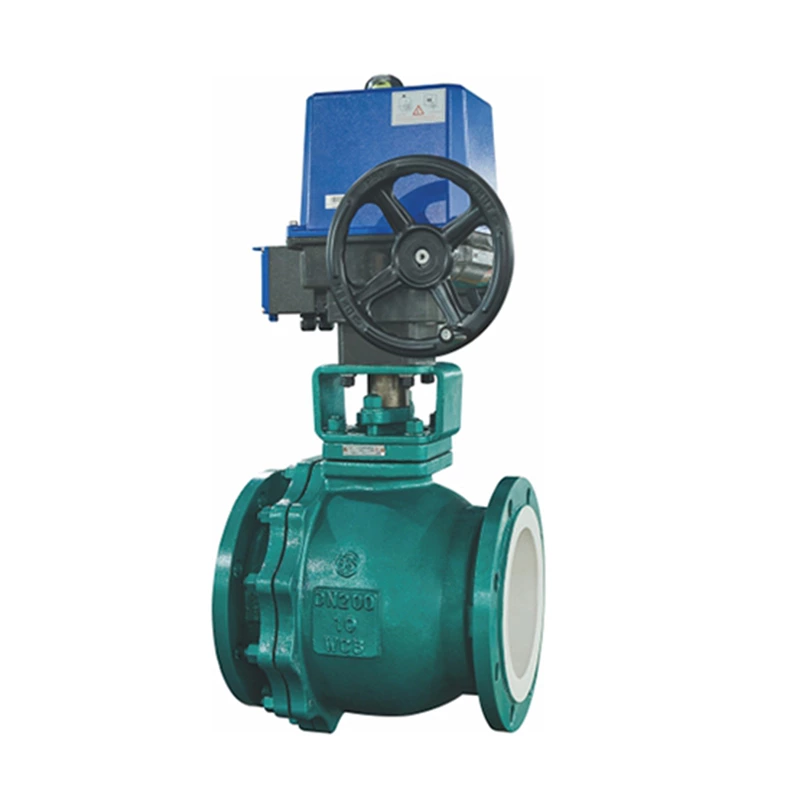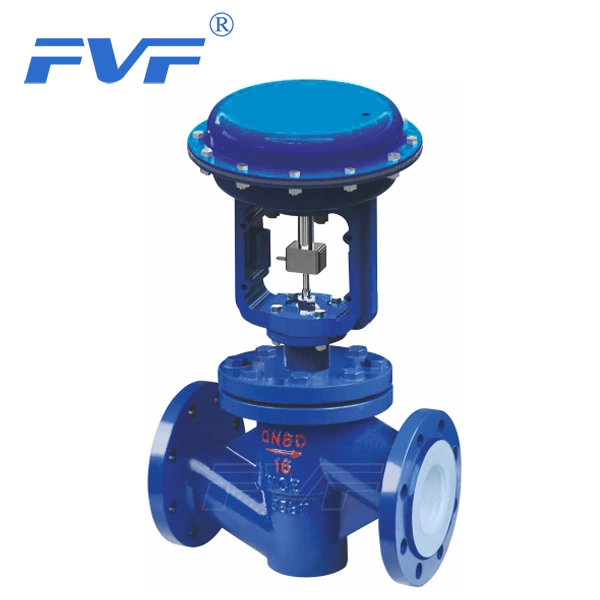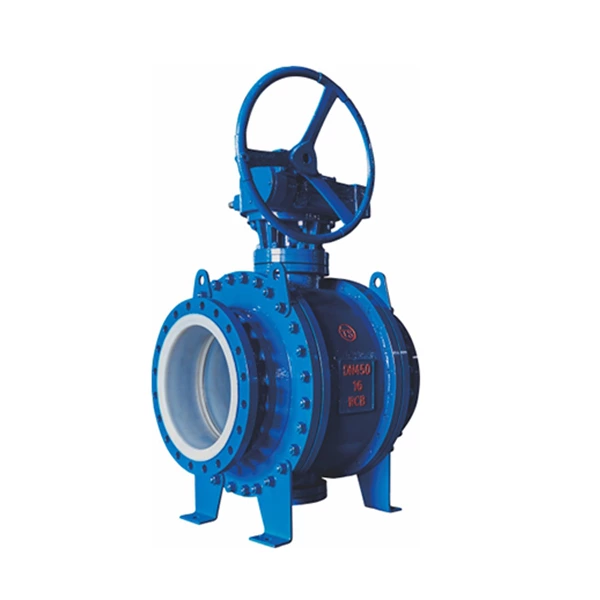Common Problems Of Leakage Of Fluorine-lined Stop Valves
The common problems of Lined Globe Valve leakage are mainly the following aspects:
The sealing ring is not tightly matched with the valve seat and valve disc:
Aging, wear or improper installation of the sealing ring may lead to loose matching, which in turn leads to leakage.
Impurity blocking:
Impurities such as welding slag, rust, and dust can be embedded in the sealing surface or block the valve core, making the valve unable to close. High-hardness impurities can also damage the sealing surface when closing the valve.
Sealing surface problems:
Poor grinding of the sealing surface, uneven surface, roughness or scratches may lead to loose sealing.
After the valve is closed, part of the medium gradually cools down, which may cause fine cracks on the sealing surface and produce erosion.
Valve disc and valve stem connection problems:
The valve disc and valve stem are not firmly connected, such as loose or falling off, which may cause the valve to fail to close tightly.
Improper operation:
The valve is closed too quickly, which may cause poor contact or damage to the sealing surface.
When using a stop valve as a regulating valve, the sealing surface cannot withstand the erosion of high-speed flowing media.
Improper material selection:
The valve material cannot withstand the corrosion of the medium and may cause leakage.
Design or manufacturing defects:
Due to casting defects and welding defects, the entire valve seat may leak.
Some sealing surfaces are connected to the valve seat and valve disc with threads, which are prone to oxygen concentration difference cells, resulting in corrosion and loosening.
Valve stem problems:
Bending and twisting of the valve stem may cause the upper and lower closing parts to be misaligned, resulting in leakage.
In view of the above problems, the following measures can be taken to prevent and solve the leakage of fluorine-lined stop valves:
Regularly check and replace aging sealing rings to ensure that the seal is installed correctly.
The stainless steel filter is embedded at the inlet end of the valve to prevent impurities from damaging the sealing surface.
Grind and polish the sealing surface to ensure its flatness and finish.
Ensure that the valve disc is firmly connected to the valve stem to avoid loosening or falling off.
Operate the valve correctly to avoid closing too quickly or using it as a regulating valve.
Select the appropriate valve material according to the characteristics of the medium.
Use an independent valve seat to ensure the material, welding performance and processing accuracy of the sealing surface.
Check the valve stem status regularly and repair or replace the bent valve stem in time.
In summary, the common problems of fluorine-lined stop valve leakage involve multiple aspects, which need to be comprehensively considered and corresponding measures taken to prevent and solve them.








